The Infamous Split-Board Transition
Photo: Liz Daley
Split-board Transitions
A point of contention in the backcountry skiing and riding communities is that Split-boarders are slow on change overs or transitions. Wether it’s from uphill mode to downhill or vice versa, Split-boarders hear about this all.of.the.time. It can be true, but, doesn’t have to be the case.
We’ll cover strategies to have more efficient transitions, and understand why split-boarders can be slower than skiers on transitions.
Let’s address some of the elephants in the room first, and there are a few.
Split-boards are a viable (capable of working successfully; feasible.) mode of travel in the backcountry. Don’t let anyone get you down about how you want to ride.
Split-boards do have benefits is specific conditions over skis. Key words, “specific conditions”.
Split-boards do have inherent down sides in specific types of terrain over skis. Key words, “specific terrain”.
Split-boards are susceptible to board malfunctions due to ice-ing and equipment failure more often then skiers. This is a down side to more moving parts, more problems.
Split-boards have many moving parts, so, for every Split-board transition there are 3-5 more steps than skiers. This critical to accept, understand, and prepare for, for many reasons.
This means Split-boarders must become expert “anticipators” prepping mentally and however else they can before, during, and after each transition. If they don’t anticipate, or have a routine in the transition, everyone else ends up waiting. Maybe this means if you see your crew near the top of the ridge and will be transitioning soon, take a mental inventory of where everything is for that transition. Once you arrive, now, all you do is execute.
For all you skiers out there, give split-boarders a little credit, not a lot, just a little. If they are keeping up with your ski posse for the day, well, they are working their butts off to do so. It’s hard work, acknowledge that. More importantly, if they aren’t keeping up, realize they are juggling a lot at each transition, be patient and take the time opportunity to note the changing conditions, check your map or eat a shot block while they get their system dialed in. It takes time, but they’ll get it.
The Transition
Now that we have an understanding of why split-boarders can be slower in a transition. Wether it’s not having a routine, anticipating the next transition or a board malfunction, they all eat into our time actually riding. Here is how you can make them faster and easier.
Step 1. Anticipate
You guessed it, plan when and how you’ll execute your plan. Where are you going to put your skins this time? are they wet? Try stashing them in your jacket. Are they dry? Toss’em in the bag, no need to get soggy. Where are your googles? Need’em? Got the right angle for that sick shot, favorite filter dialed up?
Step 2. Prep the Workspace
Transitions require a good space to work, take 30 seconds, stomp a platform or X your poles so when you step off your board into the pow, you don’t sink to the Solstice Crust.
Step 3. Execute
The first two steps happen quick, hopefully you anticipated before you even got there, you spent 30 seconds getting your work space ready, so now, you can do the transition. Go slow to go fast, a good strategy will beat out rushing every-time. Take the time at home, with your exact kit on (you’ll look weird, get over it) and dial in your method. The exact kit matters, if you don’t do that, it won’t translate. Period.
Everyone’s split set-up is slightly different. Therefore each persons routine will look slightly different. Here’s how AMGA Apprentice Split-Board Guide Steffan Gregory does his transition.
The Nitty Gritty
A few details that make Steffan’s setup a lot easier to work with.
Since the Skins on a Split-Board are shaped Left and Right, A Mountain Bureau Sticker keeps it easy to see which skin goes where
Start by sliding the tail clip from the farther side of the curve, then, slide it over to the straight edge, try it.
The blue circle shows the portion of the Karakorum clip that Voile Skins catch on, making transitions more of a pain.
With an orbital sander, you can take the edge of the clip, allowing the skins to go on and off with ease!
The Spark R&D Bindings are the best for hard boots hands down. I added a pull cord that maks it easier for me to get in and out of the bindings.







